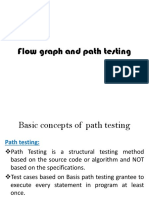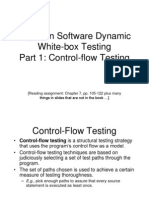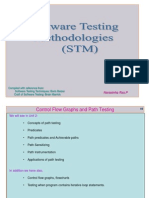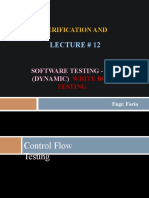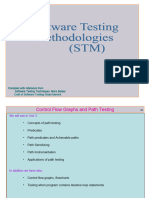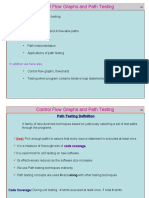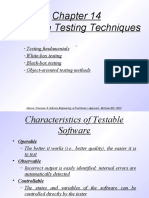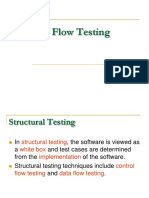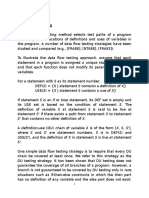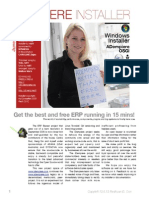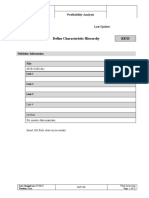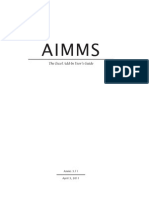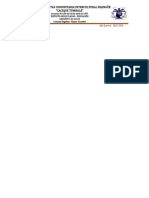0% found this document useful (0 votes)
17 views11 pagesUnit II-software Testing
The document discusses path testing, a technique for selecting test paths through a program to ensure thorough testing, particularly for unit testing of new software. It explains control flow graphs, their elements, and the importance of path testing criteria such as exercising every path, statement, and branch. Additionally, it covers predicates, testing blindness, and path instrumentation methods to confirm that outcomes are achieved through intended paths.
Uploaded by
stareworld963Copyright
© © All Rights Reserved
We take content rights seriously. If you suspect this is your content, claim it here.
Available Formats
Download as DOC, PDF, TXT or read online on Scribd
0% found this document useful (0 votes)
17 views11 pagesUnit II-software Testing
The document discusses path testing, a technique for selecting test paths through a program to ensure thorough testing, particularly for unit testing of new software. It explains control flow graphs, their elements, and the importance of path testing criteria such as exercising every path, statement, and branch. Additionally, it covers predicates, testing blindness, and path instrumentation methods to confirm that outcomes are achieved through intended paths.
Uploaded by
stareworld963Copyright
© © All Rights Reserved
We take content rights seriously. If you suspect this is your content, claim it here.
Available Formats
Download as DOC, PDF, TXT or read online on Scribd
/ 11



